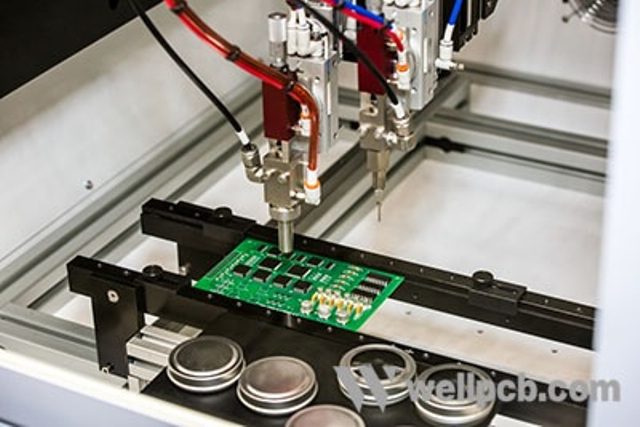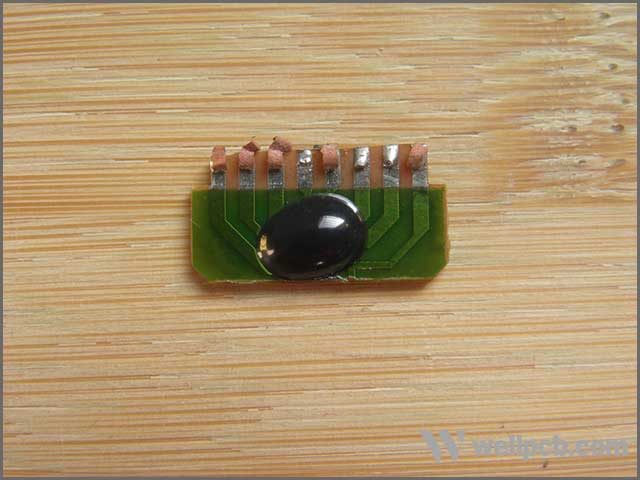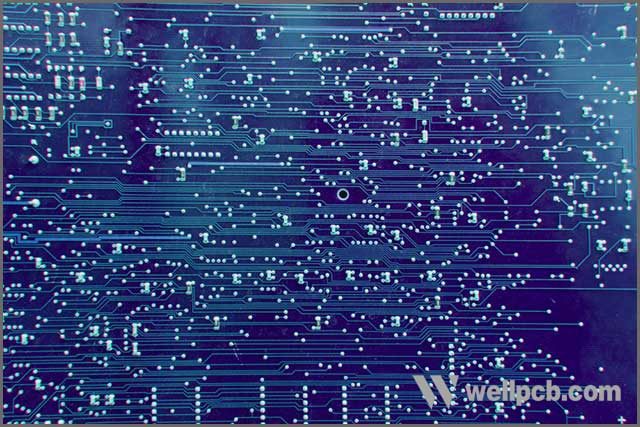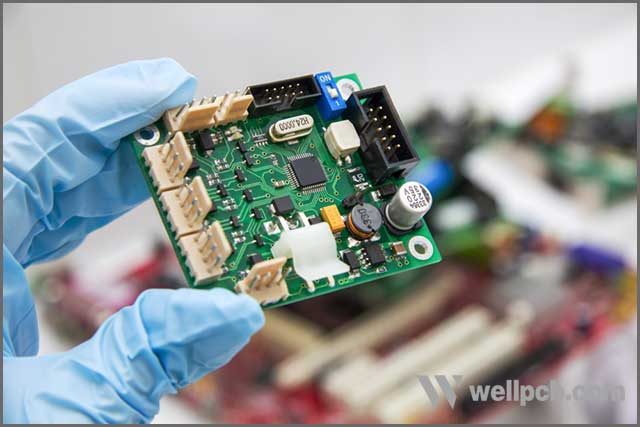Conformally coated printed circuit boards are a protective material. It is a thin, non-conductive polymer that can be coated on the surface of a PCB before it is ready for packaging or use.
We will share some reasons to motivate you to use conformal coatings in your ongoing or future PCB projects. they are, respectively;

- Provide full protection
The conformal coating protects the circuit board from moisture, dust, fungi, extreme temperatures, and other contaminants.

- Extend the life of the PCB board
Conformal coating not only protects the PCB to ensure reliability, but its protective layer can also extend the life of the circuit board, thereby reducing costs.
By applying a conformal coating on the surface of your PCB, the life of the PCB can be extended to five years, sometimes even ten to fifteen years. This will save you the cost of purchasing a new product every six months or so due to the damage of the vulnerable parts of the PCB. A thin layer of a protective material (conformal coating) will protect your PCB from harm and provide you with value for money and more.
- Improve the dielectric performance
Dielectric strength is a measure of the insulating effect of a conformal coating. Conformal coatings with high hydrophobicity and lower extractable ionic impurities have a higher probability of repelling water.
Therefore, they have high dielectric strength. When you apply a conformal coating to a PCB, it provides an extra layer of protection for your product.

- You can easily apply
There are several ways you can use a conformal coating on a PCB. Additional protective conformal coatings make circuit boards durable and reliable. Some methods of applying layers include dipping, brushing, and spraying.
- Dipping
This technique can be used in the production of many PCBs as the coating penetrates each component. It is not the best technique for conformal coatings because it can cause leaks. Moreover, it is not suitable for many circuit boards.
- Brushing
This technique can be used when producing a small number of PCBs. As the name implies, you can brush a layer of coating on the surface of the PCB to ensure long life and reliability of the PCB. When using this coating method, you must have the right skills and experience.
- Spraying
You can do this by using a spray bottle or spray gun on the PCB surface. This is the best method to use if you are producing a small or medium batch PCB. It has more advantages than brushing and dipping. With the right experience and skills, spray coating is the best choice for coating PCBs.
It can save you time, energy, and money.
To prevent slumping, which is a common problem with spraying, add a second coat by brushing or dipping.
Another form of spraying is the automatic method, which is usually faster than manual spraying.
- Saves Time and Cost
Conformal coatings are cost-effective, and the various available methods of using the layers save time. The application process is simple and time-effective.
From Dipping and spaying, the application mode has shifted to selective, robotic coating processes. Depending on your budget and the quantity of PCB you want to produce, conformal coatings are cheap and time-effective.
- Protects Sensitive Information
By applying the right amount of conformal coating on your PCB, it can protect sensitive components from exposure to extreme temperatures. When designing your PCB, some parts might be prone to damage. Harsh conditions like rain, dust, heat, amongst others, can reduce the life-span of the PCB. By using a conformal coating on your PCB, this can help reduce the need for replacement or repair after a short period of use. It also serves as a protection for the fragile components of PCB.
As a PCB designer or an electronics engineer, the application of conformal coatings to the circuit board helps protect the most fragile part of the board and the circuits on the board. The protection this coating gives the printed boards extend the life of the components, the PCB, and the system on which you will install them.

- More Knowledge of Protective Coatings
Flexibility
The conformal coating must achieve a level of flexibility that will ensure that all the components and parts of the board get sufficient layers with no form of cracking. Proper softness also ensures that the PCB movement from one location to another will not damage the surface. Also, the flexibility level of conformal coating ensures that the PCB has room for expansion and contraction without cracking.
There are different conformal coatings. They include;
Acrylic resin
a conformal coating that has the right level of elasticity and offers adequate protection to the components of the PCB. The acrylic coating has high dielectric strength, and it is easy to remove. If you have a low budget and your finished goods will not be in contact with solvents and other solvent vapors, you can use acrylic resin for your PCB.
Epoxy conformal coating
It provides a hard layer of protective covering for your PCB and withstands humidity and corrosion, unlike acrylic resin. It makes it a better option for PCB whose end product will be susceptible to harsh conditions like heat, dust, rain, etc. However, unlike acrylic resin, it is not very flexible and easy to remove. It can cause PCB to crack during expansion and contraction.
Silicone resin
It protects circuit boards in extreme temperatures, and it is highly flexible. It prevents corrosion and withstands humidity. Because of its rubbery texture, it is not abrasion-resistant. Also, the removal of silicone resin is difficult as it requires special solvents to dissolve.
Urethane resin
It provides PCB with excellent protection against humidity and corrosion. It is abrasion-resistant, and you can use it to make circuit boards susceptible to harsh environmental conditions. It is flexible and does not cause stress on the components of the printed circuit boards. However, the removal of urethane resin is difficult as it requires special solvents to dissolve.
Conclusion
Using the wrong surface coating on PCB can damage the circuit boards. It can also cause wastage of time, money, resources, and energy. As a PCB designer or an electronics engineer, it is essential to choose the perfect coating for the PCB you are manufacturing. Choosing a conformal coating has many advantages. It protects the circuit boards from vibration, moisture, dust, rain, heat, and other harsh conditions. The choice of conformal coating you use for your PCB project depends on the quantity of PCB you are producing, your budget, the operating environment, and your specific standards.
Are you looking for a PCB designer with the right skills set and experience for the success of your PCB coating project?
WellPCB is your go-to circuit board designer. Contact us today to book an appointment and allow us to add value to your ongoing and future PCB projects.
CLoom and WellPCB are brother companies.Its covers include the value-added business of Wire harness production, assembling, custom design and most efficient delivery route.
About the author:
l am Abby, from China. I’m happy to see you; I hope everyone enjoys this article. I am an electronics enthusiast and have been working on PCB. I hope to share more beautiful things with you! Thank you very much.
